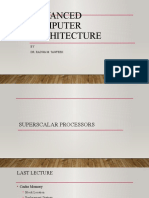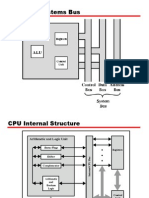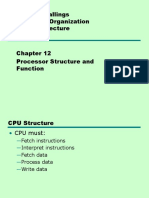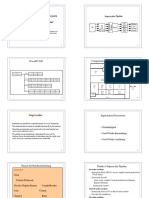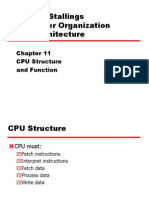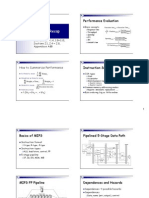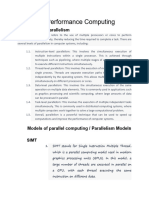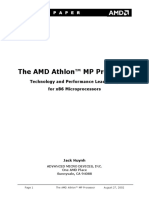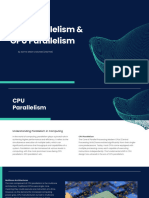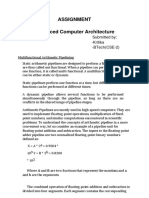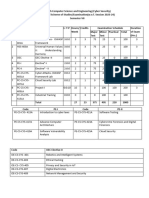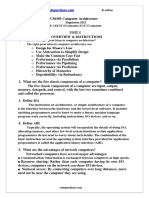0% found this document useful (0 votes)
21 views52 pagesS6 - Advanced Topics in Computer Architecture
Computer architecture nsu cse332
Uploaded by
hasan.bannahCopyright
© © All Rights Reserved
We take content rights seriously. If you suspect this is your content, claim it here.
Available Formats
Download as PDF, TXT or read online on Scribd
0% found this document useful (0 votes)
21 views52 pagesS6 - Advanced Topics in Computer Architecture
Computer architecture nsu cse332
Uploaded by
hasan.bannahCopyright
© © All Rights Reserved
We take content rights seriously. If you suspect this is your content, claim it here.
Available Formats
Download as PDF, TXT or read online on Scribd
/ 52










